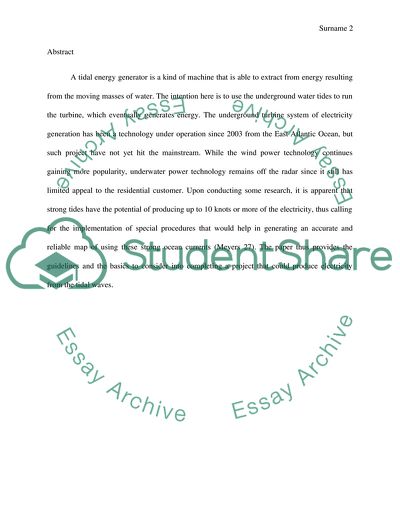Cite this document
(Proposal to Build an Underground Turbine Term Paper, n.d.)
Proposal to Build an Underground Turbine Term Paper. Retrieved from https://studentshare.org/engineering-and-construction/1872083-underwater-turbine
Proposal to Build an Underground Turbine Term Paper. Retrieved from https://studentshare.org/engineering-and-construction/1872083-underwater-turbine
(Proposal to Build an Underground Turbine Term Paper)
Proposal to Build an Underground Turbine Term Paper. https://studentshare.org/engineering-and-construction/1872083-underwater-turbine.
Proposal to Build an Underground Turbine Term Paper. https://studentshare.org/engineering-and-construction/1872083-underwater-turbine.
“Proposal to Build an Underground Turbine Term Paper”, n.d. https://studentshare.org/engineering-and-construction/1872083-underwater-turbine.


